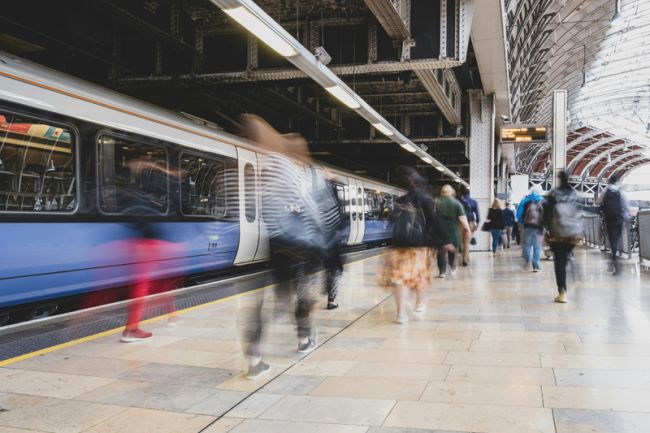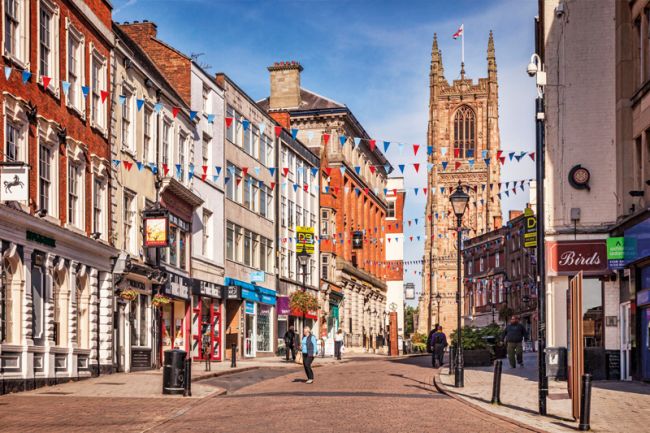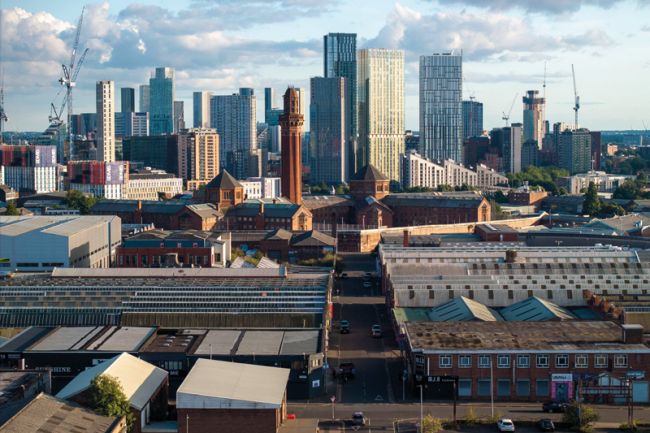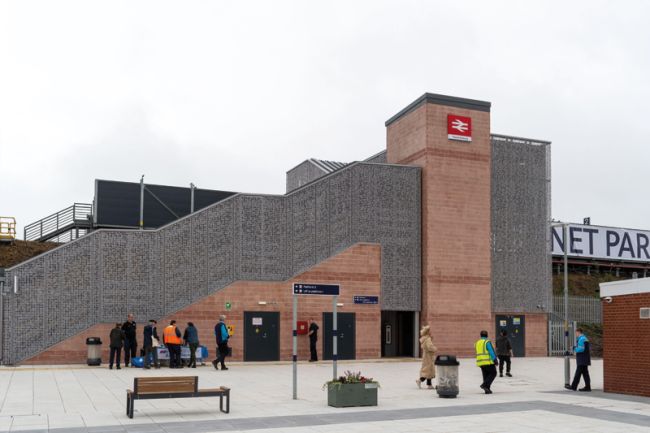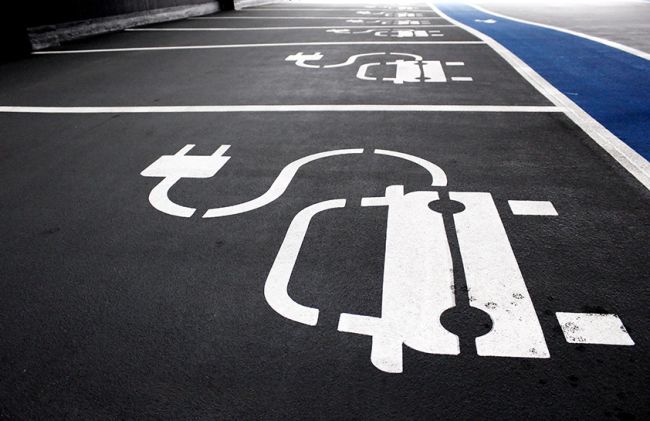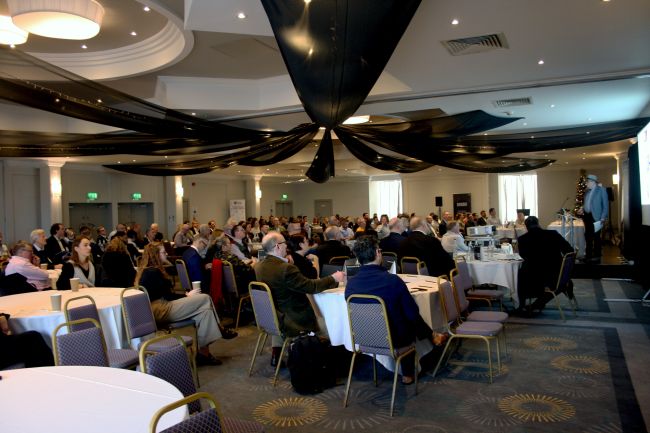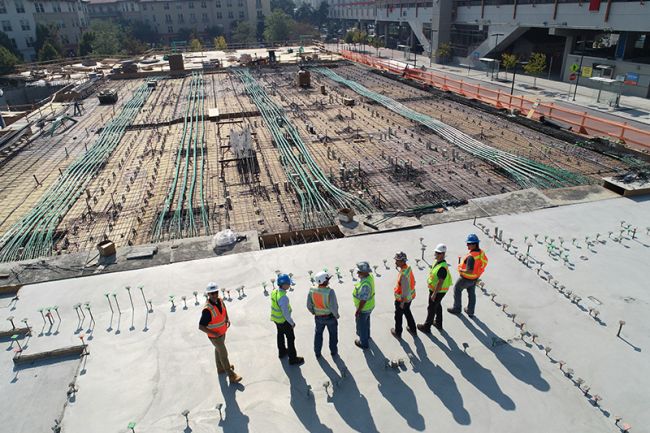Looking below the Budget bonnet
When it comes to Budgets, it’s always good to look beyond the headlines and delve into the detail.

When it comes to Budgets, it’s always good to look beyond the headlines and delve into the detail. Published as soon as the Chancellor finishes his statement, the Red Book sets out the Treasury’s spending limit for each department, known as the “Departmental Expenditure Limit”.
Transport’s revenue spending is set to be reduced from £8.7 billion in 2022/23 to £5.7bn in 2024/25. No doubt the intention is that a large chunk of the £3bn reduction will come from unwinding the government’s Covid-induced emergency support to the railways. On-going strikes and performance problems of some operators are confounding factors, but the consensus seems to be that the railways are settling on a new normal, with demand lower than pre-Covid and yields lower still. Seats are being filled with leisure travellers while business travel and commuting are down. On top of this, the railway is not immune from the effects of inflation, so there is upward pressure on operating costs. Revenue down, costs up, and falling support looks like a recipe for challenging times ahead.
Another sizeable chunk of the DfT’s revenue budget is spent on buses. As well as saying that government wanted to see bus passengers return to pre-Covid levels and then grow, in Bus Back Better, the national bus strategy for England, the government promised reform to the Bus Service Operators Grant (BSOG). While a goal for any reform must be getting a bigger bang for each buck, the temptation must be there to use any reform to trim the budget. Falling government support, but a goal to grow bus patronage points towards cognitive dissonance and then ultimately, disappointment.
The DfT’s capital budget holds steady with £20.6bn in 2022/23 and then £20.2bn and £20.3bn for the following two years. But, there’s inflation. The effects of this can be seen in the well-publicised announcement on deferral of parts of HS2 and the less well-publicised delays to Lower Thames Crossing, the A27 Arundel scheme, and the A5036 in Liverpool. These are portents of things to come. Inflation is eating into capital budgets, and all promoters are facing cost pressures. Across the country, local authorities are having to scale back and reprofile their capital programmes. HS2 may grab the headlines, but it is also active travel schemes, bus priorities, railway station upgrades, and local junction improvements that are being knocked back. And these are the schemes that can be delivered quickly and whose benefits are immediate. Following a principle of accumulation of marginal gains, supporting local authority capital spending would appear to be a way to give the economy an immediate boost.
A recipe for challenging times ahead

